Surviving a Tornado: Safety Tips for You
This article provides essential safety tips and strategies to help individuals prepare for and survive a tornado. Understanding these guidelines can significantly increase your chances of staying safe during severe weather events.
Tornadoes are some of nature's most awe-inspiring yet terrifying phenomena. They form from severe thunderstorms when warm, moist air rises and meets cold, dry air, creating instability in the atmosphere. This process can lead to the development of a rotating column of air that extends from a thunderstorm to the ground. Tornadoes are classified based on their wind speed and the damage they cause, ranging from EF0 (weak) to EF5 (incredible). The unpredictability of tornadoes can make them seem like a wild beast, striking suddenly and without warning. By understanding how they form and what to expect, you can arm yourself with the knowledge necessary to react swiftly and effectively.
When it comes to tornado preparedness, your home can be your fortress. Simple modifications can greatly enhance your safety and reduce the risk of damage during a tornado. Start by assessing your home’s structure; ensure that your roof is secure and your windows are reinforced. Consider installing storm shutters or using plywood to cover windows when severe weather is forecasted. Additionally, it’s wise to identify safe areas in your home, such as a basement or an interior room on the lowest floor, away from windows. Think of your home as a protective shell; every little effort to reinforce it can make a big difference when a tornado strikes.
A safe room is critical for protection during a tornado. This designated area should be as small and windowless as possible, ideally located in the basement or an interior part of your home. Equip it with sturdy furniture that can provide additional protection, such as a heavy table or workbench. It’s not just about finding a spot; it’s about creating a sanctuary where you can weather the storm. Think of it as your personal bunker, a place where you and your family can hunker down and ride out the chaos outside.
Stocking your safe room with necessary supplies is vital. Here’s a quick checklist of items to include:
- Water: At least one gallon per person per day for at least three days.
- Non-perishable food: Enough for at least three days.
- First-aid kit: Include bandages, antiseptics, and any necessary medications.
- Flashlight and batteries: Power outages can occur during storms.
- Whistle: To signal for help if needed.
Having these supplies on hand can transform your safe room from just a space into a well-equipped haven during a tornado.
Effective communication is crucial during a tornado. Establish a plan with your loved ones about how to stay informed and connected during severe weather events. This could include designating a meeting place post-storm or sharing contact information with friends and family. In the digital age, utilize technology to your advantage; smartphones can be lifesavers when it comes to receiving alerts and updates. Think of your communication plan as a lifeline, connecting you to safety and support even when chaos reigns outside.
An emergency kit is essential for tornado preparedness. Your kit should be easily accessible and include items that can sustain you and your family during and after a tornado. Consider packing:
- Water and food supplies
- Essential medications
- Personal documents (insurance, identification)
- Cash in small denominations
- A multi-tool or Swiss army knife
By having a well-stocked emergency kit, you ensure that you have the necessary resources to navigate the aftermath of a tornado, much like a sailor carrying a lifeboat on a turbulent sea.
Keeping up with weather updates is vital for tornado safety. Utilize various resources like local news stations, NOAA Weather Radio, and online platforms to stay informed about tornado warnings and alerts in your area. Knowledge is power, and being aware of changing weather conditions can be the difference between safety and disaster.
Utilizing technology can enhance your safety. Several weather apps provide real-time alerts and updates on severe weather conditions. Popular options include:
- Weather Underground: Offers hyper-local forecasts and alerts.
- NOAA Weather Radar Live: Provides live radar images and alerts.
- The Weather Channel App: Comprehensive weather updates and safety tips.
By downloading these apps, you can stay one step ahead of the storm, much like having a compass to guide you through a dense forest.
Understanding local warning systems is essential for timely responses. Many communities have alert systems that send notifications via text or email about severe weather. Make sure you’re signed up for these alerts and familiarize yourself with how they operate. Think of these systems as your community’s watchful eyes, always ready to inform you when danger approaches.
Q: What should I do if I’m caught outside during a tornado?
A: Seek shelter immediately in a sturdy building. If there’s no building nearby, lie flat in a low-lying area and cover your head with your arms.
Q: How can I tell if a tornado is coming?
A: Look for dark, greenish skies, large hail, and a loud roar similar to a freight train. If you receive a tornado warning, take it seriously.
Q: Should I stay in my car during a tornado?
A: No, it’s safer to find shelter in a building or lie flat in a ditch if no shelter is available.
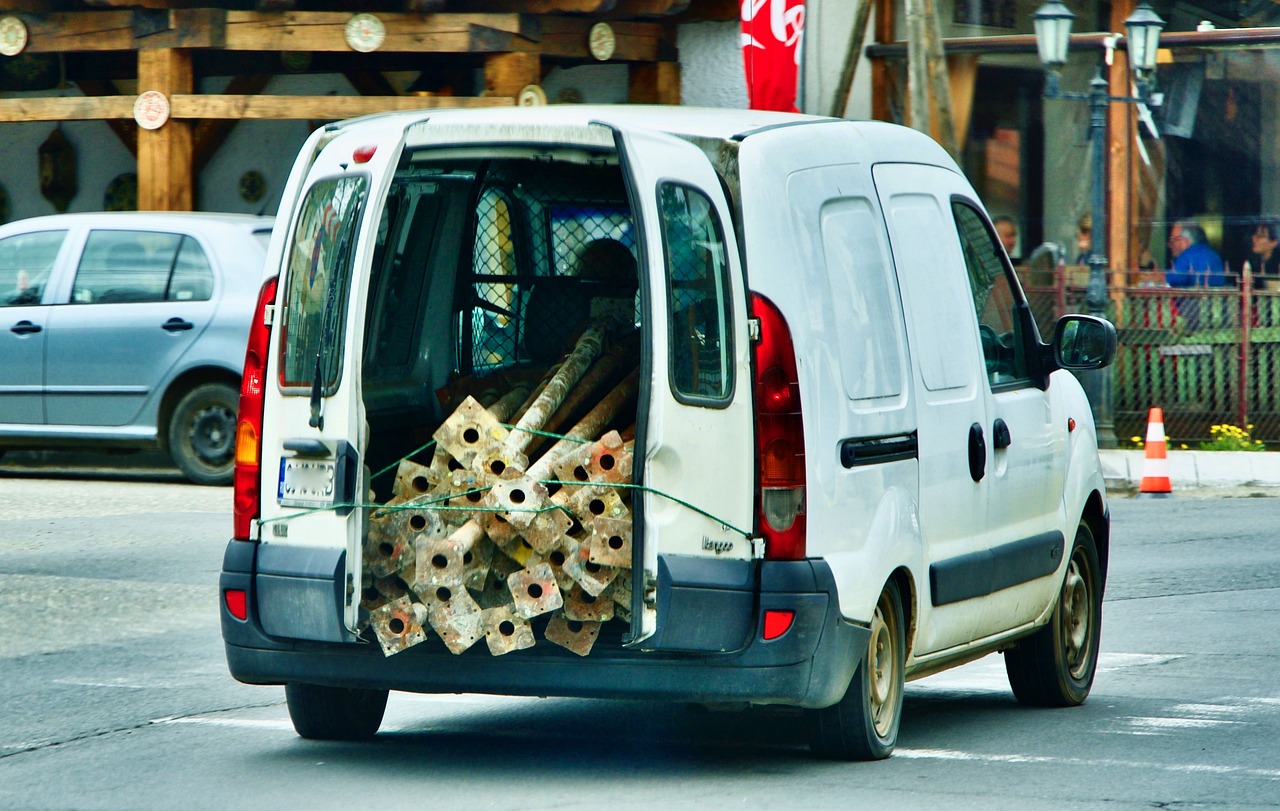
Understanding Tornadoes
Tornadoes are among the most ferocious natural phenomena on our planet, capable of wreaking havoc in mere minutes. But what exactly are tornadoes, and how do they form? Understanding the **formation**, **characteristics**, and **classification** of tornadoes is crucial for anyone living in areas prone to these violent storms. Tornadoes typically form from severe thunderstorms, particularly supercells, which are characterized by a rotating updraft known as a mesocyclone. When conditions are right—such as warm, moist air at the surface and cooler, dry air aloft—a tornado can develop.
One of the most striking features of tornadoes is their **unpredictability**. They can appear suddenly and travel at varying speeds, making them particularly dangerous. The **Enhanced Fujita Scale** is used to classify tornadoes based on the damage they cause, ranging from EF0 (weak) to EF5 (incredible). Understanding this classification can help you gauge the potential severity of a tornado. Here’s a quick overview of the scale:
| EF Rating | Wind Speed (mph) | Damage Description |
|---|---|---|
| EF0 | 65-85 | Light damage; some damage to trees and signs. |
| EF1 | 86-110 | Moderate damage; roofs severely stripped, mobile homes overturned. |
| EF2 | 111-135 | Significant damage; roofs torn off well-constructed houses. |
| EF3 | 136-165 | Severe damage; entire stories of well-built houses destroyed. |
| EF4 | 166-200 | Devastating damage; well-built houses leveled. |
| EF5 | Over 200 | Incredible damage; strong frame houses lifted off foundations and carried considerable distances. |
Knowing the characteristics of tornadoes can help you respond more effectively when one is imminent. For instance, tornadoes can vary in size, shape, and duration. They can be as narrow as a few yards or as wide as a mile, and they may last anywhere from a few seconds to over an hour. Additionally, tornadoes can occur at any time of the year, but they are most common in the spring and early summer months.
It’s also important to recognize the signs of a tornado. Look for a dark, greenish sky, large hail, or a loud roar that sounds like a freight train. If you see a rotating, horizontally oriented cloud base, it could be a sign that a tornado is forming. Being aware of these signs can make all the difference in your safety.
In summary, understanding tornadoes involves recognizing their formation processes, characteristics, and classifications. By educating yourself about these powerful storms, you can better prepare and protect yourself and your loved ones when severe weather strikes. Remember, knowledge is your best defense against the unpredictable nature of tornadoes!
- What should I do if a tornado warning is issued? Seek shelter immediately in a sturdy building or designated safe room.
- Can tornadoes occur at night? Yes, tornadoes can happen at any time, including during the night.
- How can I stay updated on tornado alerts? Use weather apps, local news stations, and NOAA Weather Radio for real-time updates.

Preparing Your Home
When it comes to tornado preparedness, the first step is to ensure your home is as safe as possible. Tornadoes can strike with little to no warning, and the damage they can cause is nothing short of catastrophic. Imagine your home as a fortress; it needs to be fortified against the unpredictable winds of nature. Here are some practical steps you can take to strengthen your home and enhance your safety.
Start by evaluating your home’s structure. Are the windows and doors sturdy enough to withstand high winds? Consider installing storm shutters or impact-resistant windows that can serve as a shield against debris. Additionally, reinforcing your roof with hurricane straps can significantly reduce the risk of it being torn off during a tornado. Think of your roof as the helmet of your fortress; it’s essential for protecting what’s inside.
Another crucial aspect of tornado preparedness is landscaping. Believe it or not, the trees and shrubs around your home can either be your best friends or your worst enemies during a storm. Keep trees well-trimmed and remove any dead branches that could become dangerous projectiles in high winds. Planting trees far from your home can also minimize the risk of them falling on your house. You want to create a safe zone around your fortress, free from potential hazards.
Moreover, it’s wise to designate a safe room within your home. This room should ideally be located in the basement or an interior room on the lowest floor, away from windows. Equip this space with essential supplies to ensure you and your family can stay safe and comfortable while waiting for the storm to pass. Think of this room as your emergency bunker, a sanctuary where you can ride out the storm in peace.
Designating a safe room is critical for protection during a tornado. This room should be as small as possible, ideally a windowless interior room or basement. Equip it with a sturdy door that can be securely closed, and consider reinforcing the walls to withstand flying debris. Having a safe room is like having a life raft on a sinking ship; it gives you a fighting chance against the raging storm outside.
Now, let’s talk about what you need to stock your safe room with. This is where preparation meets practicality. You should include:
- Water: At least one gallon per person per day for three days.
- Non-perishable food: Enough to last at least three days.
- First-aid kit: A well-stocked kit for minor injuries.
- Flashlight: With extra batteries to keep the darkness at bay.
- Battery-operated radio: To stay updated on weather conditions.
These supplies can make a world of difference when the winds are howling outside your door. Think of them as your survival toolkit, ready to support you when the unexpected happens.
Effective communication is crucial during a tornado. Have a plan in place to stay informed and connected with loved ones. Make sure everyone in your household knows where to go and what to do when a tornado warning is issued. It’s like having a game plan for a big match; without it, chaos can ensue. Consider designating a family member as the point of contact who can relay information and updates to others.
Lastly, don’t forget about your pets. They are part of your family, and they need protection too. Make sure you have a plan for them, including a safe spot in your safe room and supplies like food and water.
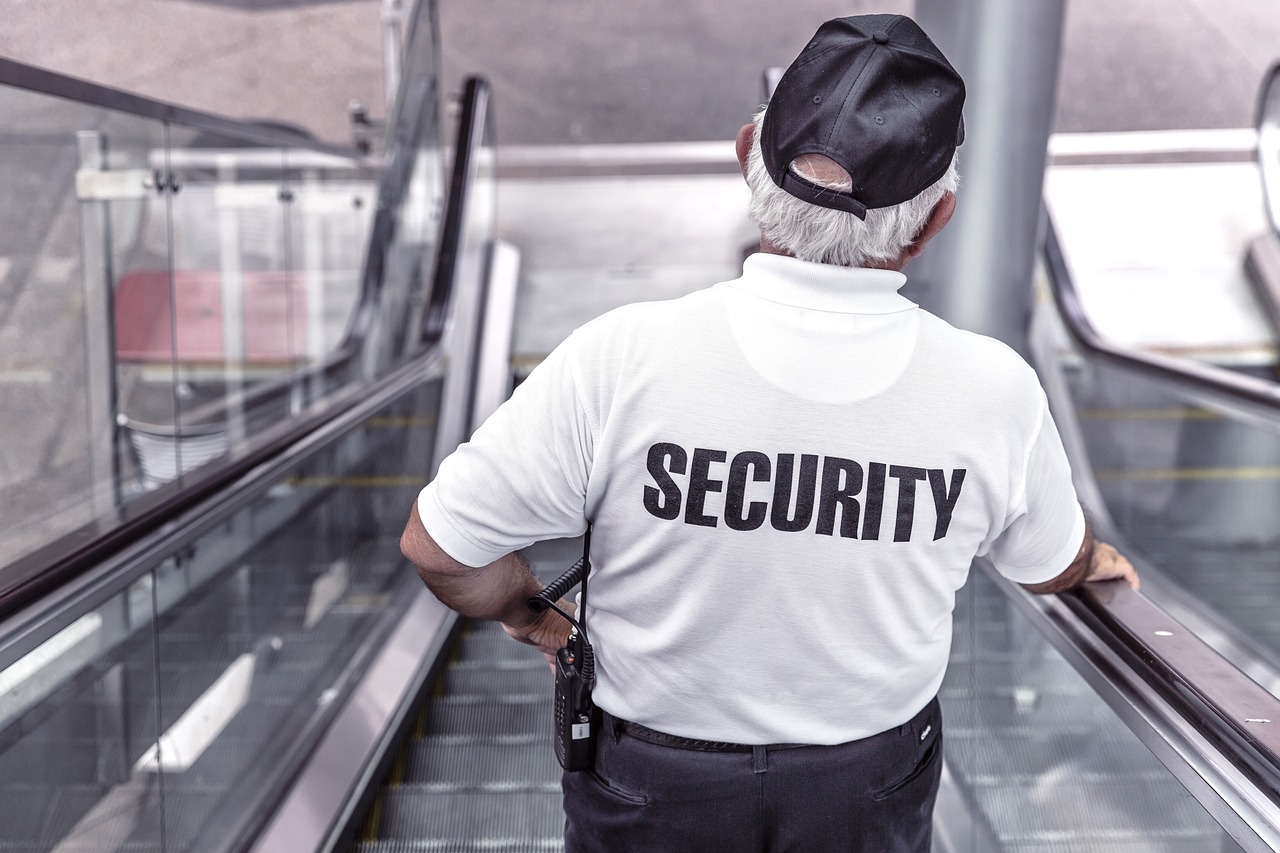
Creating a Safe Room
When it comes to tornado safety, having a designated safe room can be a game-changer. Think of it as your personal fortress, a space where you and your loved ones can hunker down during the chaos of a tornado. But what exactly makes a room "safe"? First off, it should be located in the lowest level of your home, ideally away from windows and exterior walls. A basement is often the best option, but if you don’t have one, an interior room like a bathroom or closet can suffice. The key is to find a spot that minimizes your exposure to flying debris and the intense winds that accompany these storms.
Now, let’s talk about fortifying this space. You want to ensure that your safe room can withstand the elements. Reinforcing the walls with plywood or installing a steel door can significantly increase your protection. Additionally, consider using heavy furniture or even building a storm shelter if you have the resources. This isn’t just about having a place to hide; it’s about creating a sanctuary where you can feel secure. It’s like building a ship to weather the storm—your safe room should be sturdy, reliable, and ready for anything.
In terms of accessibility, make sure everyone in your household knows where the safe room is located and how to get there quickly. You wouldn’t want to waste precious seconds trying to remember where to go when the sirens start blaring. Practice drills can be a fun way to ensure everyone is on the same page, and it helps to reduce panic during an actual emergency. Just like you wouldn’t jump into a car without knowing how to drive, don’t wait until the storm is upon you to figure out your escape route!
Also, think about the comfort of your safe room. It’s going to be your home base during a potentially frightening experience, so stock it with some essentials. This could include pillows, blankets, and even a few games or books to help pass the time while you wait for the storm to pass. You might not think about it in the heat of the moment, but having a few comforts can make a world of difference when you’re cooped up in a small space.
Lastly, remember that a safe room isn’t just a place to sit and wait; it’s a hub of preparedness. Equip it with a first-aid kit, flashlight, batteries, and a portable charger for your phones. You’ll want to have a way to stay informed, so consider keeping a battery-powered radio or a weather radio on hand. It’s crucial to know what’s happening outside, especially if the storm lingers longer than expected.
In summary, creating a safe room is about more than just finding a spot to hide; it’s about preparing a space that can protect you and your family. By reinforcing the structure, ensuring quick access, adding comfort, and stocking essential supplies, you can significantly enhance your safety during a tornado. Just like a knight would prepare his armor before battle, you too should prepare your safe room before the storm strikes.
1. What should I include in my safe room?
You should include essential supplies such as food, water, a first-aid kit, a flashlight, and a weather radio. Comfort items like blankets and games are also beneficial.
2. Can I use any room as a safe room?
While any interior room can serve as a safe room, the best options are those located on the lowest level of your home, away from windows and exterior walls. A basement is ideal.
3. How can I reinforce my safe room?
You can reinforce it by installing a solid door, using plywood on walls, and ensuring that heavy furniture is placed strategically to protect against debris.
4. Should I practice going to my safe room?
Yes! Practicing drills with your family can help everyone know exactly what to do and where to go when a tornado warning is issued.
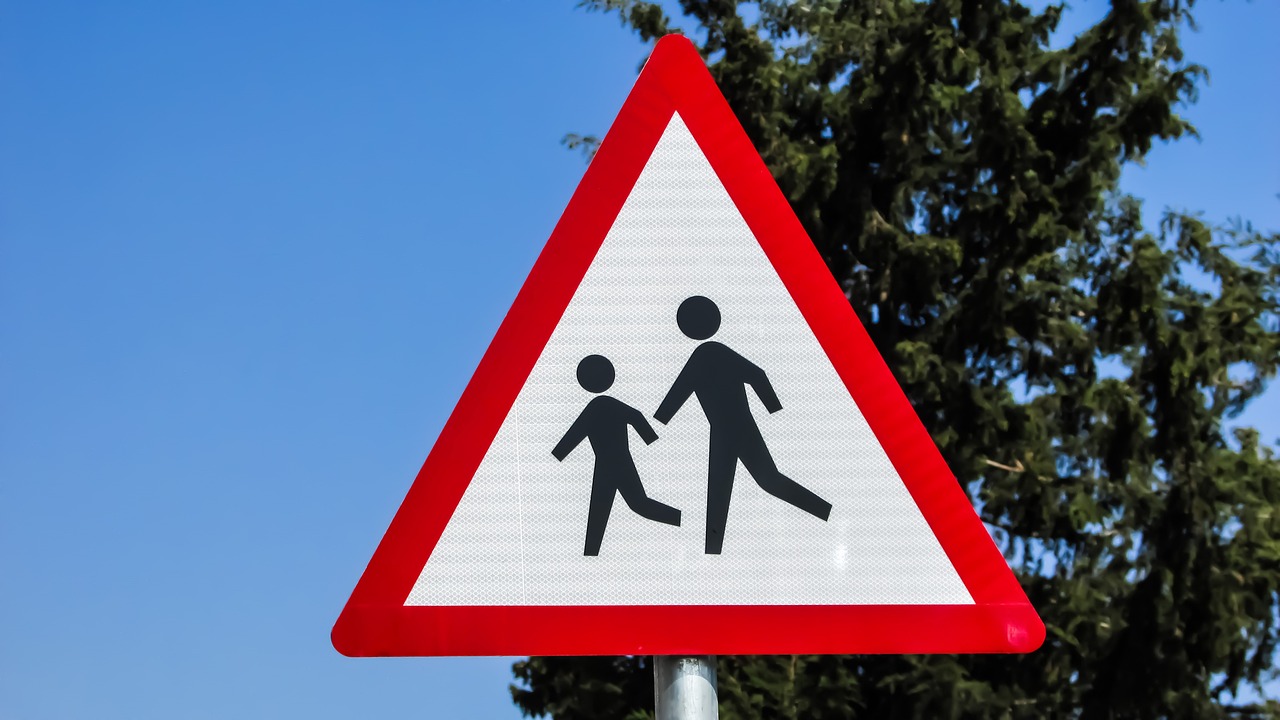
Essential Supplies for Your Safe Room
When it comes to surviving a tornado, having a well-stocked safe room can be the difference between safety and chaos. Think of your safe room as a fortress, a sanctuary where you and your loved ones can ride out the storm. But what exactly should you have on hand to ensure you're fully prepared? Let’s dive into the essentials.
First and foremost, you need to consider food and water. It’s recommended to have at least a three-day supply of non-perishable food items, such as canned goods, granola bars, and dried fruits. Water is equally important; aim for at least one gallon per person per day. This means, for a family of four, you should have a minimum of twelve gallons stored away. Keeping these supplies in your safe room ensures that you won’t have to venture out into dangerous conditions for sustenance.
In addition to food and water, don't forget about first-aid supplies. Accidents can happen, and having a fully stocked first-aid kit can help you manage minor injuries until help arrives. Your kit should include items like bandages, antiseptic wipes, pain relievers, and any prescription medications that you or your family members may require. It’s a good idea to check your kit regularly to replace any expired items.
Another critical component of your safe room is a battery-powered or hand-crank radio. This device will keep you informed about the latest weather updates, emergency alerts, and information from local authorities. In the midst of a tornado, staying informed is crucial, and a radio can be a lifeline when the power goes out.
Lastly, consider adding some comfort items to your safe room. These could be blankets, pillows, or even a few favorite books or games. In an emergency, stress levels can soar, and having familiar comforts can help ease anxiety. Remember, your safe room isn’t just about survival; it’s about keeping your spirits up when the storm rages outside.
To summarize, here’s a quick checklist of essential supplies for your safe room:
- Non-perishable food (canned goods, granola bars, etc.)
- Water (one gallon per person per day)
- First-aid kit (bandages, antiseptic, medications)
- Battery-powered or hand-crank radio
- Comfort items (blankets, books, games)
By taking the time to prepare your safe room with these essential supplies, you can ensure that you and your family are ready to face a tornado with confidence. Remember, preparation is not just about having the right items; it’s about creating a sense of security that will help you stay calm and collected when the winds start to howl.
Q: How often should I check my safe room supplies?
A: It’s advisable to check your supplies every six months. This ensures that food and medications are not expired and that everything is in good condition.
Q: Can I use my basement as a safe room?
A: Yes! A basement is often the safest place during a tornado, but make sure it is stocked with the essential supplies mentioned above.
Q: What if I don’t have a designated safe room?
A: If you don’t have a designated safe room, choose the innermost room on the lowest floor of your home, away from windows. Make sure to stock it with supplies as well.
Q: How can I keep my pets safe during a tornado?
A: Include pet supplies in your safe room, such as food, water, and a leash. Make sure to have a plan in place to bring your pets with you to safety.
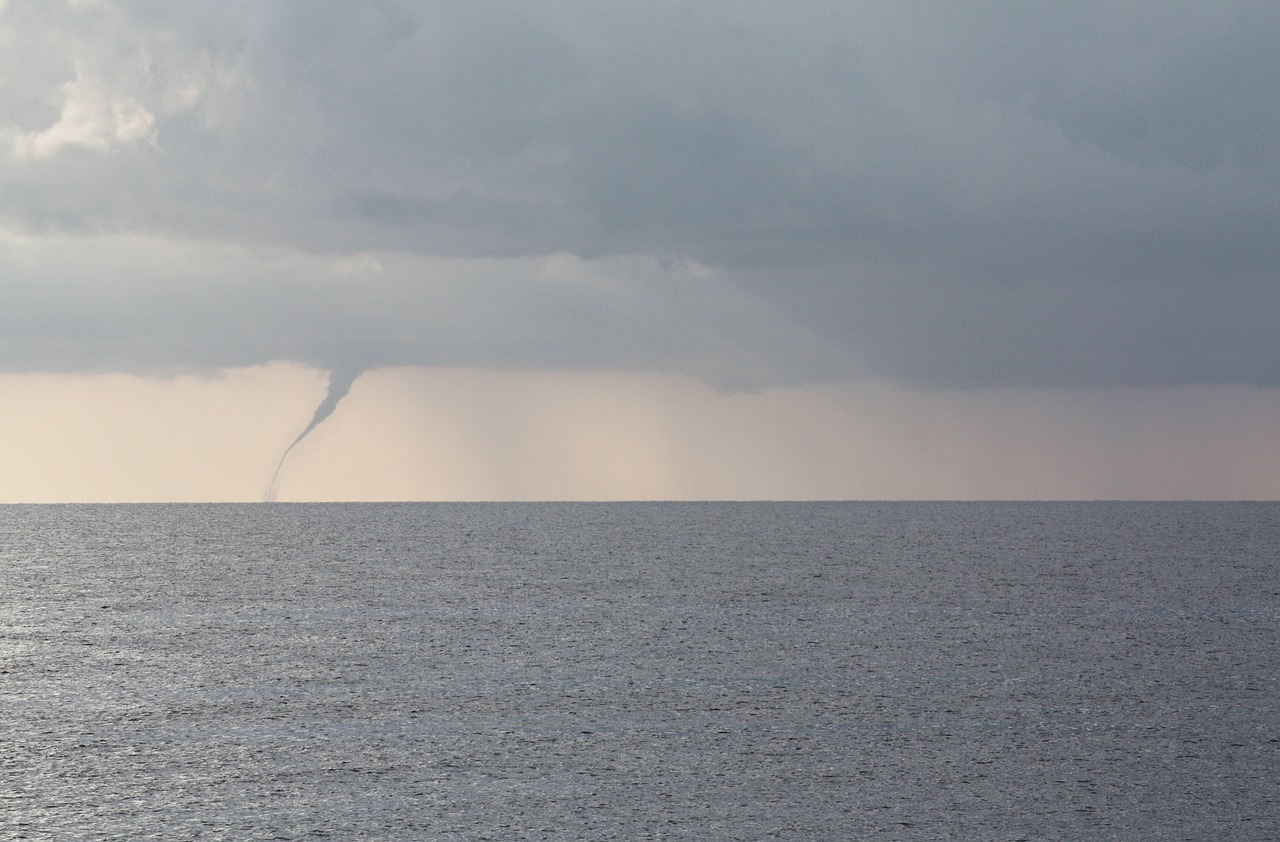
Communicating During a Tornado
When a tornado is on the horizon, the chaos and uncertainty can be overwhelming. One of the most critical aspects of surviving such a natural disaster is effective communication. Imagine being in a dark room, your heart racing, and you have no idea what's happening outside. This is why having a clear communication plan is essential. First and foremost, you need to establish a way to receive real-time updates on weather conditions. This can be done through various channels such as local news stations, weather radio, or smartphone apps that send alerts directly to your device.
Moreover, it's vital to stay connected with your loved ones. During a tornado, phone lines may become congested, making it difficult to reach family members. To mitigate this, consider setting up a designated communication hub where everyone knows to check in. This could be a family member’s house that is outside the tornado-prone area or even a group chat that everyone can access. Regular check-ins can provide peace of mind and help ensure that everyone is accounted for.
In addition, be sure to discuss your communication plan with all family members in advance. Everyone should know how to use the tools at their disposal, whether it’s a weather app or a NOAA weather radio. To make this process easier, you can create a simple table outlining the communication methods, their purposes, and how to use them effectively:
| Communication Method | Purpose | How to Use |
|---|---|---|
| Weather Apps | Receive real-time alerts | Download from app store, enable notifications |
| NOAA Weather Radio | Get continuous weather updates | Turn on and tune to local frequency |
| Group Messaging Apps | Stay connected with family | Create a group chat for updates |
Lastly, remember that staying calm is just as important as having a plan. In the heat of the moment, panic can set in, making it harder to think clearly. By preparing in advance and knowing how to communicate effectively during a tornado, you can help protect yourself and your loved ones. In the end, it’s all about having the right tools and strategies at your disposal to ensure everyone stays safe and informed.
Q: What should I do if I can't reach my family during a tornado?
A: If you can't reach your family, try using alternative communication methods like social media or text messages, as these can sometimes get through when voice calls cannot. Also, check your pre-established communication hub for any updates.
Q: How can I stay updated on tornado warnings?
A: Use weather apps, NOAA weather radios, and local news stations to stay updated. Make sure to enable notifications for instant alerts.
Q: What if my phone dies during a tornado?
A: It's wise to have a portable charger handy. Additionally, keep a battery-operated weather radio to receive updates if your phone is out of commission.
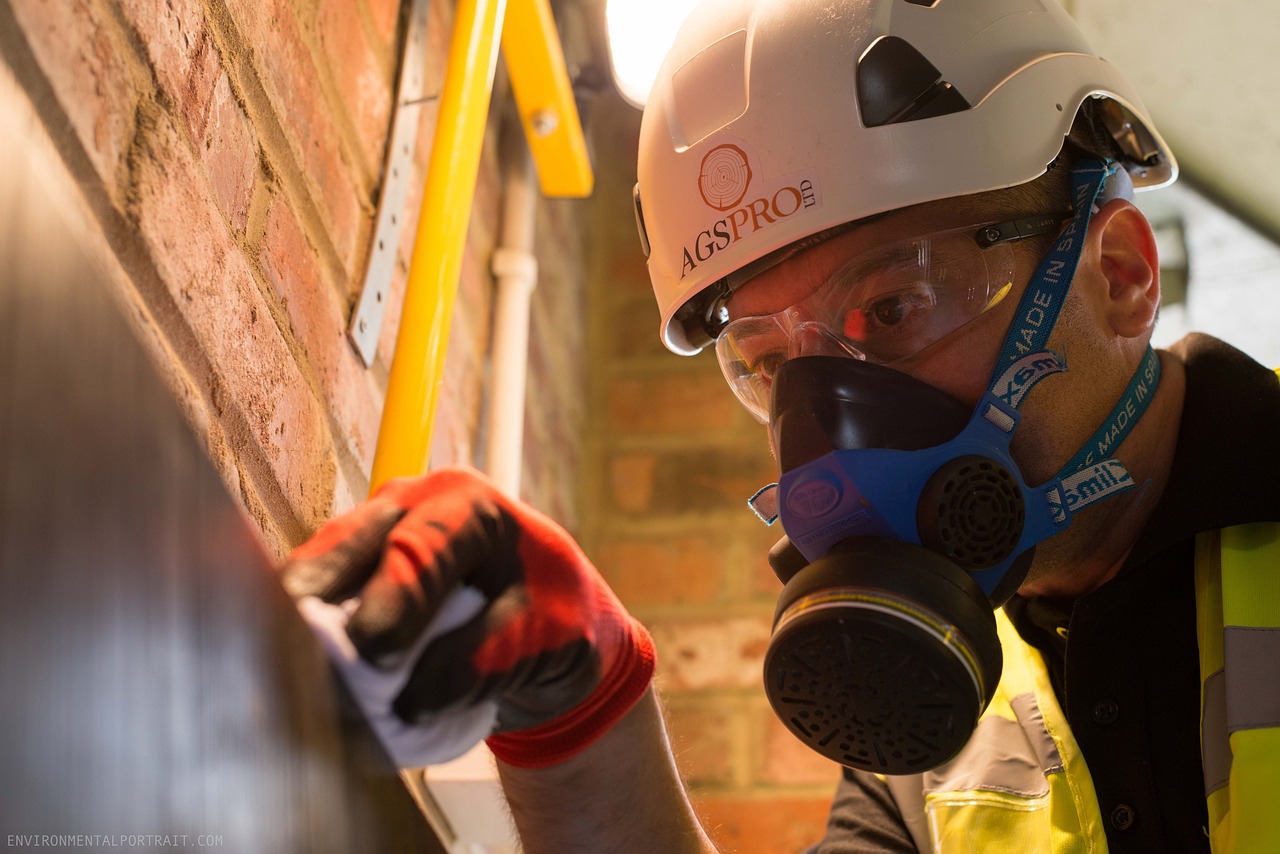
Emergency Kits and Supplies
When it comes to surviving a tornado, having an emergency kit ready can be a game changer. Think of it as your personal safety net, designed to catch you in case the storm throws you a curveball. You never know when a tornado might strike, and being prepared can make all the difference. So, what should you pack in your emergency kit? Let’s break it down into essential supplies that will keep you and your loved ones safe and sound.
First and foremost, you’ll want to include enough non-perishable food to last at least three days. Canned goods, energy bars, and dried fruits are excellent choices. Pair these with a sufficient supply of water—aim for at least one gallon per person per day. Hydration is crucial, especially if you’re stuck in your safe room for an extended period. Don’t forget to consider any special dietary needs your family members might have.
Next up, let’s talk about first-aid supplies. Accidents can happen, and having a well-stocked first-aid kit is essential. Include items like adhesive bandages, antiseptic wipes, gauze, and any prescription medications you may need. It’s like packing a little piece of a hospital in your home! To make it easier, you might want to check out the table below for a quick reference on what to include in your first-aid kit:
| Item | Purpose |
|---|---|
| Adhesive Bandages | For minor cuts and scrapes |
| Antiseptic Wipes | To clean wounds and prevent infection |
| Gauze and Tape | For larger wounds |
| Prescription Medications | To manage health conditions |
| Scissors | For cutting tape or clothing |
In addition to food and medical supplies, you should also include a battery-powered or hand-crank radio in your kit. This will keep you informed about weather updates and emergency alerts, even if the power goes out. Pair it with extra batteries to ensure you’re never left in the dark—literally! You might also want to consider packing a flashlight and extra batteries, as well as a multi-tool for any unexpected needs that may arise.
Don’t overlook the importance of personal documents. Keep copies of important papers like identification, insurance policies, and medical records in a waterproof bag within your kit. If you ever need to leave quickly, having these documents handy can save you a lot of hassle.
Lastly, let’s not forget about comfort items. A couple of blankets and pillows can make a world of difference if you find yourself in your safe room for an extended period. And if you have pets, be sure to include supplies for them as well—food, water, and any medications they might need. After all, they’re part of the family too!
In summary, an emergency kit is not just a collection of random items; it’s a lifeline during a tornado. By taking the time to prepare your kit with the right supplies, you’re investing in your safety and peace of mind. So, gather your items, check them off your list, and rest easy knowing you’re ready for whatever Mother Nature throws your way!

Staying Informed
When it comes to tornado safety, staying informed is your **first line of defense**. Imagine being caught off guard by a tornado; it’s like being in a movie where the plot twist hits you when you least expect it. The unpredictable nature of these storms means you need to be prepared and aware at all times. Thankfully, with today’s technology, there are numerous ways to keep yourself updated on weather conditions. Knowing how to access timely information can significantly enhance your chances of staying safe.
First and foremost, **local weather stations** are your best friends. They provide real-time updates and alerts about severe weather in your area. Most local news channels have dedicated meteorologists who monitor weather patterns closely and can give you a heads-up before a tornado strikes. But don’t just rely on the TV; consider setting up notifications on your smartphone. This way, you can receive alerts even when you’re on the go. It’s like having a personal weather assistant in your pocket!
Another great resource is **weather apps**. These handy tools can offer detailed forecasts, radar images, and alerts tailored specifically for your location. Some popular options include:
- The Weather Channel App - Provides live radar and severe weather alerts.
- AccuWeather - Offers minute-by-minute precipitation forecasts.
- NOAA Weather Radar Live - Features real-time radar and storm tracking.
Using these apps can be like having a crystal ball for weather predictions; you’ll always know what’s coming your way!
Don’t forget about **social media**. Many local emergency management agencies and meteorologists use platforms like Twitter and Facebook to disseminate critical information quickly. Following these accounts can keep you in the loop about tornado watches and warnings. It’s a modern twist on the old-fashioned way of getting news, and it’s incredibly effective.
Moreover, understanding **local warning systems** is essential. Every community has its own alert systems that notify residents of severe weather. These systems may include outdoor sirens, text alerts, or even local radio broadcasts. Familiarize yourself with how your community communicates during emergencies. Knowing the sound of the sirens or the specific alerts you should be listening for can be the difference between safety and danger.
Furthermore, consider joining a community group focused on disaster preparedness. These groups often have resources and information about how to stay informed during emergencies. They can provide you with tips on how to set up a family communication plan, ensuring that everyone knows what to do and where to go in case of a tornado.
Lastly, let’s not forget about the **importance of education**. Take the time to learn about tornadoes—how they form, their classifications, and what to expect during a tornado event. Knowledge is power, and understanding the science behind tornadoes can help you react quickly and effectively when a warning is issued.
| Question | Answer |
|---|---|
| How can I receive tornado alerts? | You can receive alerts through local weather stations, weather apps, and community alert systems. |
| What should I do if a tornado warning is issued? | Seek shelter immediately in a safe room or basement. Stay away from windows and cover yourself with a sturdy object. |
| Are outdoor sirens reliable? | Yes, but they are primarily designed to alert people who are outdoors. Always have a backup alert system indoors. |
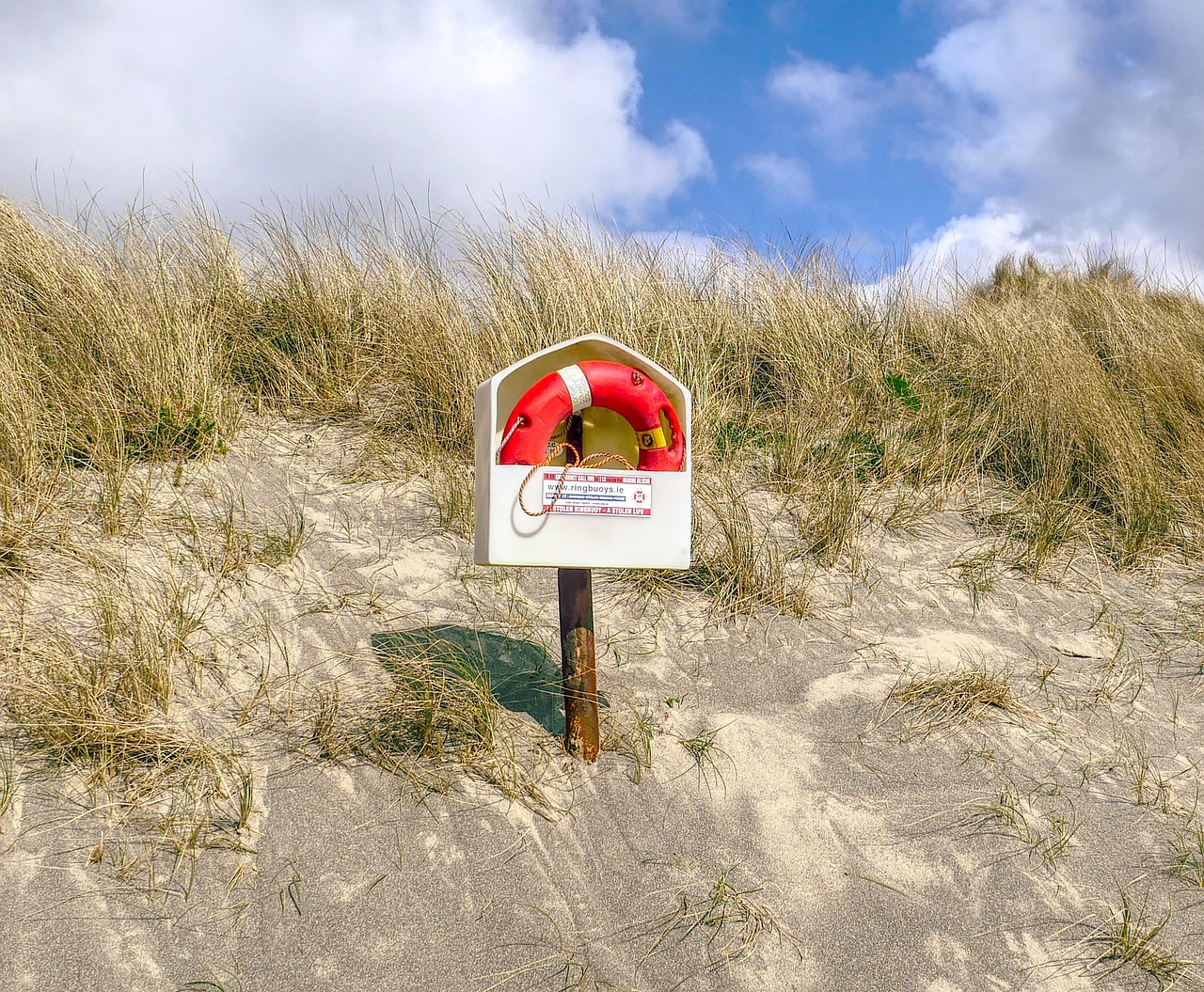
Weather Apps and Alerts
In today's fast-paced world, staying informed about severe weather conditions is more crucial than ever, especially when it comes to tornadoes. With the power of technology at our fingertips, weather apps and alerts have become indispensable tools for anyone living in tornado-prone areas. These apps not only provide real-time updates but also allow you to receive tailored notifications based on your location. Imagine being able to predict the unpredictable! Well, that's exactly what these apps aim to do.
So, what should you look for in a weather app? First and foremost, the app should offer real-time alerts. This means you’ll receive immediate notifications when a tornado warning is issued for your area. Additionally, a good app should include radar maps that show storm paths, wind speeds, and precipitation levels. This way, you can visualize the storm's trajectory and make informed decisions. Some popular weather apps that offer these features include:
| App Name | Key Features | Platforms |
|---|---|---|
| The Weather Channel | Real-time alerts, radar maps, and hourly forecasts | iOS, Android |
| AccuWeather | Minute-by-minute precipitation forecasts and weather alerts | iOS, Android |
| NOAA Weather Radar | National Weather Service alerts and detailed radar | iOS, Android |
| Weather Underground | Community-sourced weather data and alerts | iOS, Android |
Furthermore, consider enabling push notifications for severe weather alerts. These notifications can be a lifesaver, especially if you're caught unaware. Many apps allow you to customize alerts based on your preferences, so you can choose to receive notifications only for tornado warnings or any severe weather event. This customization helps avoid notification fatigue, ensuring you stay focused on the most critical updates.
Another essential aspect of tornado preparedness is understanding the local warning systems in your area. Many communities have their own alert systems that work alongside weather apps. These systems often use sirens or text alerts to inform residents of imminent threats. Pairing these local alerts with your chosen weather app can provide you with a comprehensive safety net, ensuring that you’re always a step ahead.
In conclusion, the integration of weather apps and local alert systems can significantly enhance your tornado preparedness. By staying informed, you can make better decisions, ensuring the safety of you and your loved ones. So, don’t wait for the next storm to hit—download a weather app today and equip yourself with the knowledge to stay safe!
- What is the best weather app for tornado warnings?
While there are many great options, The Weather Channel and AccuWeather are highly recommended for their real-time alerts and comprehensive radar features.
- How do I set up alerts on my weather app?
Most weather apps have a settings menu where you can customize notifications. Look for options like "Alerts" or "Notifications" and select your preferences.
- Are local warning systems reliable?
Yes, local warning systems are typically managed by emergency services and are designed to provide timely alerts to residents during severe weather events.

Local Warning Systems
Understanding local warning systems is essential for timely responses during tornado events. These systems are designed to alert residents about severe weather conditions, including tornado warnings, ensuring that everyone has the opportunity to seek shelter and stay safe. Most communities utilize a combination of technologies to disseminate these crucial alerts, including sirens, radio broadcasts, and digital notifications through various platforms. It's important to familiarize yourself with the specific warning system in your area, as this knowledge can be the difference between safety and disaster.
Local warning systems typically operate on a tiered structure, where different levels of alerts indicate the severity of the weather threat. For example, a Severe Thunderstorm Warning may escalate to a Tornado Watch, and finally to a Tornado Warning, which means that a tornado has been sighted or indicated by radar. Being aware of these terms and what actions to take in response can help you act quickly when time is of the essence.
Many communities also have emergency alert systems that send notifications directly to your mobile device. These alerts can provide real-time updates regarding the status of a tornado and instructions on what to do next. To ensure you receive these alerts, consider signing up for local emergency notifications through your city or county's website. Additionally, you can download weather apps that offer push notifications for severe weather alerts, keeping you informed no matter where you are.
Here’s a quick overview of common local warning systems:
| Warning System | Description |
|---|---|
| Outdoor Sirens | Audible alarms designed to alert residents outdoors about severe weather. |
| NOAA Weather Radio | Continuous broadcasts of weather information and alerts directly from the National Oceanic and Atmospheric Administration. |
| Emergency Alert System (EAS) | A national public warning system that requires broadcasters, satellite digital audio service and direct broadcast satellite providers, cable television systems, and other communications providers to provide the President with a communications capability to address the American people. |
| Mobile Alerts | Text or push notifications sent to mobile devices to inform users of severe weather alerts. |
In addition to understanding these systems, it's equally important to have a plan in place for how to respond when a warning is issued. Discuss with your family what actions to take when you hear a siren or receive an alert. Designate a safe location in your home where everyone can gather quickly. This way, when the time comes, you won’t waste precious seconds trying to figure out what to do. Remember, preparation is key!
Finally, always remain vigilant and proactive in monitoring the weather, especially during tornado season. The more you know about your local warning systems and how to respond, the better equipped you will be to protect yourself and your loved ones from the dangers of tornadoes.
- What should I do if I hear a tornado siren?
Immediately seek shelter in a safe location, preferably in a basement or an interior room on the lowest floor of your home. - How can I stay informed about tornado warnings?
Sign up for local emergency alerts, listen to NOAA Weather Radio, and download weather apps that provide real-time notifications. - What is the difference between a tornado watch and a tornado warning?
A tornado watch means conditions are favorable for tornadoes to develop, while a tornado warning indicates that a tornado has been sighted or indicated by radar.
Frequently Asked Questions
- What should I do if a tornado warning is issued?
When a tornado warning is issued, it's crucial to take immediate action. Seek shelter in a sturdy building, preferably in a basement or an interior room on the lowest floor, away from windows. If you’re caught outside or in a vehicle, find a low-lying area such as a ditch to lie down in, covering your head with your arms. Always stay informed by listening to weather updates through a radio or your smartphone.
- How can I prepare my home for a tornado?
Preparing your home for a tornado involves several steps. Start by reinforcing your roof and windows, and consider installing storm shutters. Designate a safe room within your home, ideally in the basement or an interior room, and ensure it’s stocked with essential supplies like food, water, and a first-aid kit. Regularly check your emergency kit and update it as necessary.
- What essential supplies should I keep in my safe room?
Your safe room should be equipped with essential supplies to ensure your safety during a tornado. Include non-perishable food items, bottled water, a flashlight, batteries, a first-aid kit, and any necessary medications. It’s also wise to have a whistle to signal for help and a battery-powered weather radio to stay updated on the situation.
- How can I stay informed about tornado warnings?
Staying informed about tornado warnings is vital for your safety. Use reliable weather apps on your smartphone that provide real-time alerts for severe weather in your area. Additionally, consider signing up for local emergency alerts and monitoring your local news channels for updates. Always have a battery-operated radio on hand for information during power outages.
- What should I include in my emergency kit?
Your emergency kit should contain a variety of essential items to help you during and after a tornado. Include water (at least one gallon per person per day for three days), non-perishable food for at least three days, a flashlight, extra batteries, a first-aid kit, and any necessary medications. Don’t forget important documents, cash, and a multi-tool for various needs.
- Can I use my vehicle during a tornado?
It’s not safe to stay in your vehicle during a tornado. If you see a tornado approaching while driving, find a sturdy building to take shelter in. If there are no buildings nearby, lie down in a low-lying area and cover your head. Never try to outrun a tornado in your car, as they can change direction quickly.



















